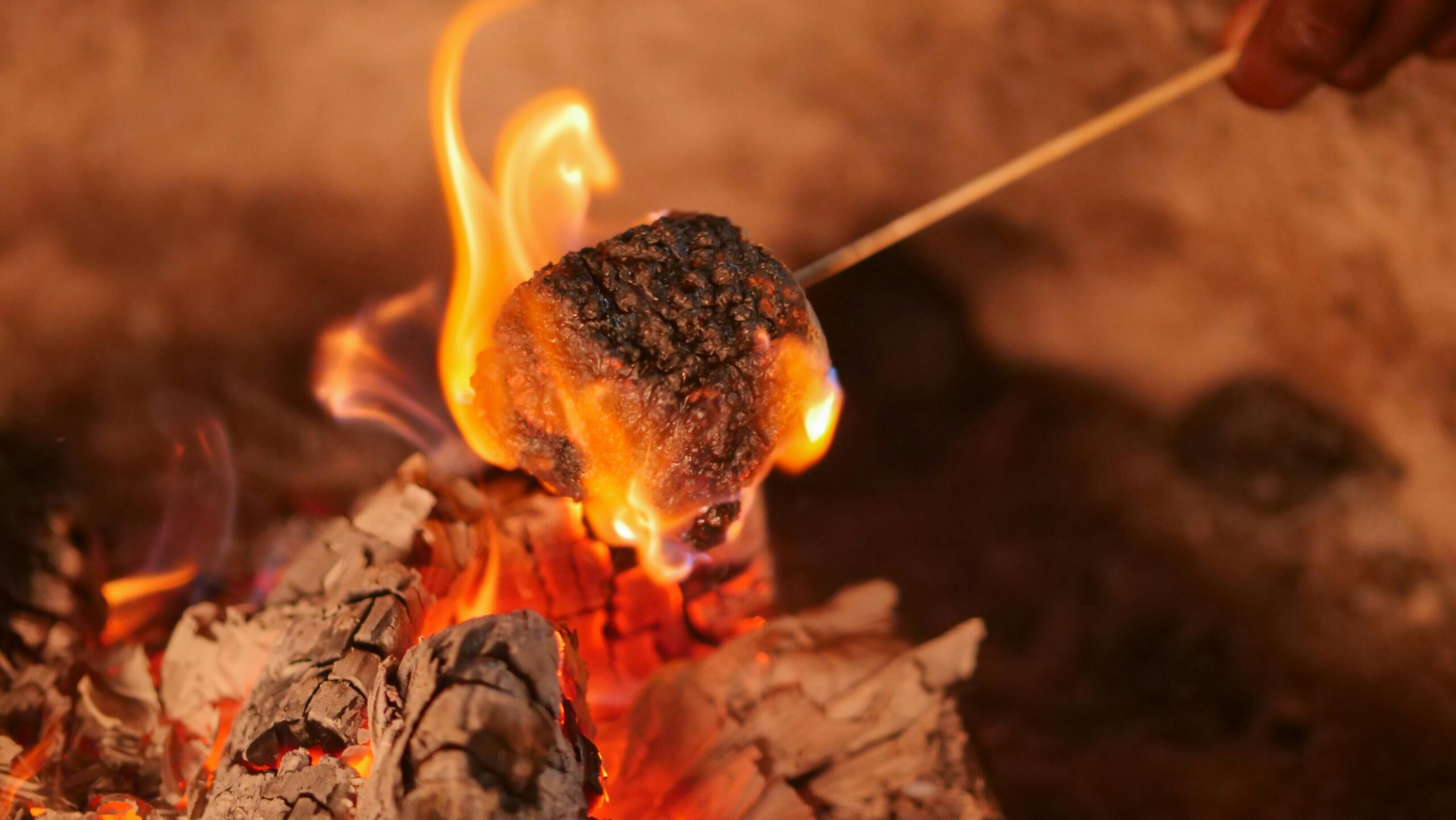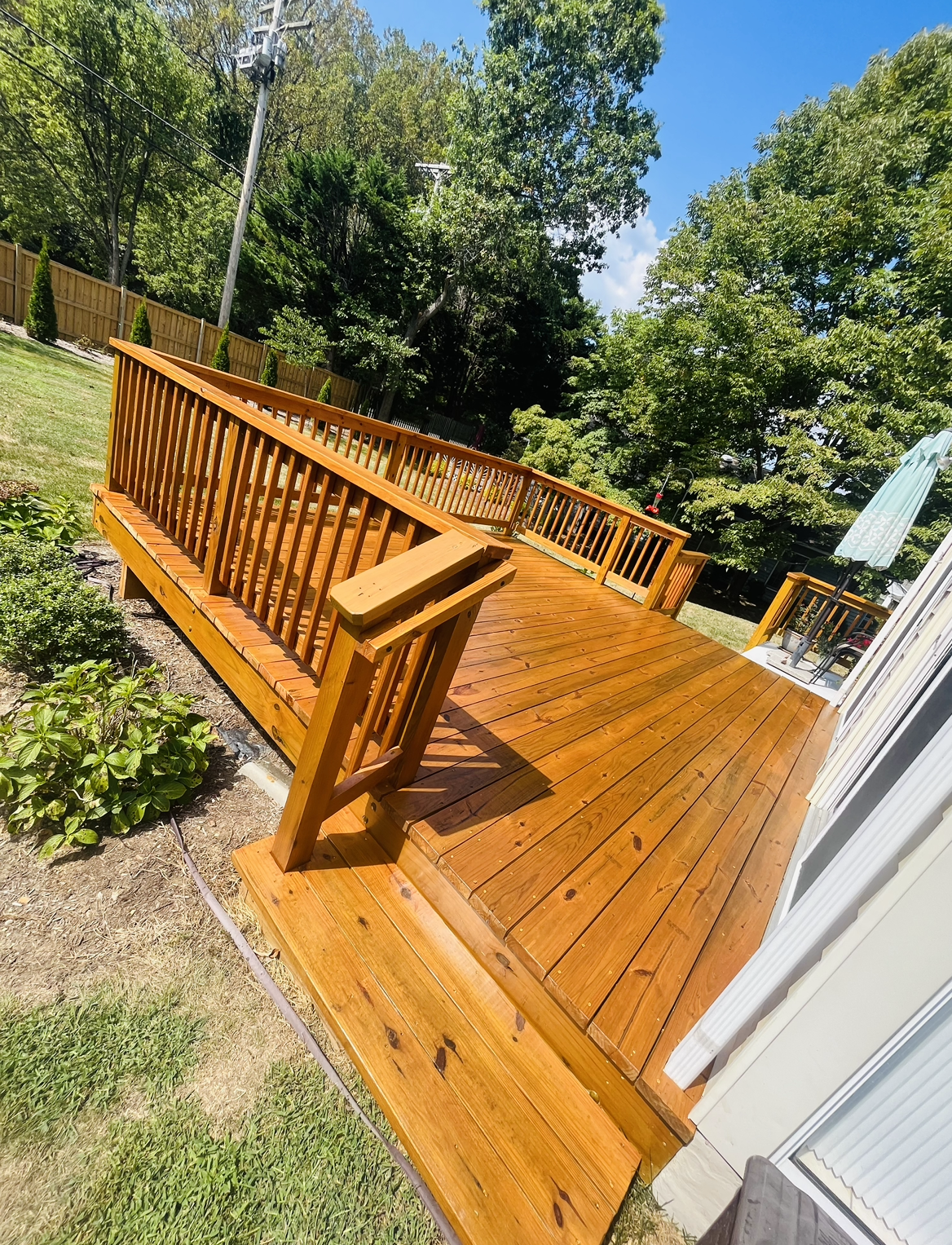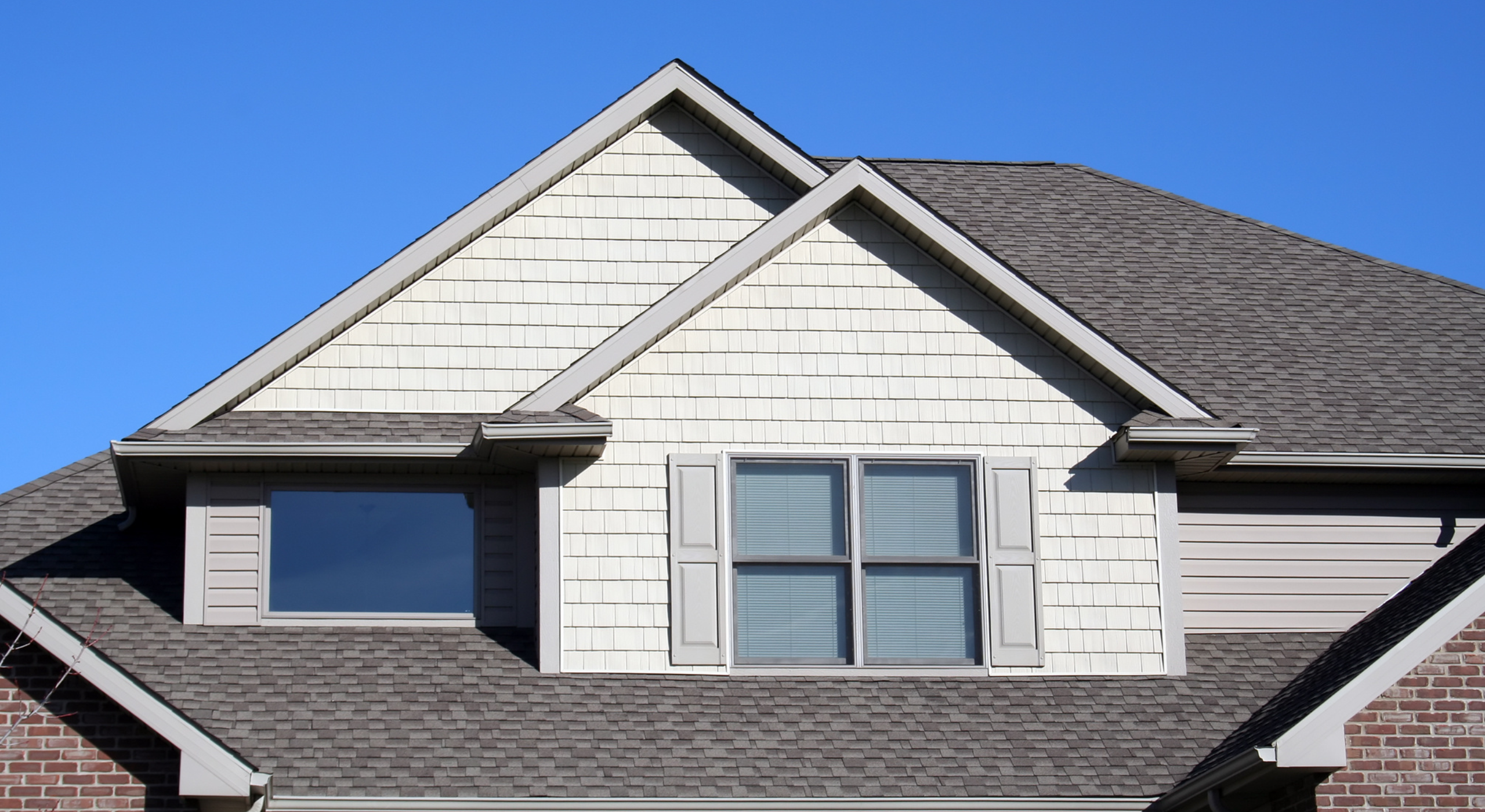Mastering Exterior Prep: The Key to a Flawless, Long-Lasting Paint Job
Your home’s exterior paint isn’t just about curb appeal—it’s a critical shield against weather, insects, and decay. Yet, even premium paint fails without meticulous preparation. Rushed prep leads to peeling, blistering, and wasted investment within months. This guide demystifies the essential steps professional painters use to ensure a durable, beautiful finish. Whether tackling clapboard siding, brick accents, or wooden trim, proper groundwork determines whether your hard work lasts 2 years or 15. We’ll cover surface repair, deep cleaning, and priming techniques that transform paint from a cosmetic fix into a long-term protective solution. Ignoring prep is like building on sand; master these fundamentals to protect your biggest asset.
Inspection and Damage Repair
Begin with a thorough inspection in daylight. Probe wood surfaces with a screwdriver to identify soft, rotted areas—these must be cut out and replaced with epoxy filler or new wood. For drywall or stucco, chip away loose material until you reach solid substrate, then patch with exterior-grade filler. Pay special attention to:
- Caulk joints: Remove cracked or shrunken caulk around windows, doors, and trim using a utility knife or 5-in-1 tool.
- Nail holes and cracks: Fill with elastomeric sealant that expands/contracts with temperature swings.
- Rusted fasteners: Remove protruding nails/screws, treat rust with converter, then countersink and fill holes.
Pro tip: Allow repairs to cure fully (48-72 hours) before sanding flush with 120-grit sandpaper.
Power Washing and Surface Cleaning
A clean surface is non-negotiable. Dirt, mildew, and chalky residue prevent paint adhesion. Use a gas or electric pressure washer (1,500-3,000 PSI) with a 25-40° fan tip, holding it 12 inches from surfaces to avoid damage. Work top-down in overlapping strokes. For stubborn problems:
- Mildew: Apply 1:3 bleach/water solution, dwell 10 minutes, then rinse.
- Chalking: Scrub with trisodium phosphate (TSP) substitute and stiff brush.
- Grease stains: Degrease with ammonia-based cleaner.
Allow surfaces to dry 24-48 hours. Test moisture by taping plastic to siding overnight—no condensation means you’re ready.
Sanding, Scraping, and Priming
Remove loose paint with a pull scraper (not push, to avoid gouges). Sand edges of remaining paint with 80-grit paper to create a “feathered” transition. For glossy surfaces, dull sheen with 120-grit sandpaper to help new paint grip. Key steps:
- Sand entire surface with 120-grit using orbital sander (flat areas) and sanding sponge (contours).
- Wipe down with tack cloth to remove all dust.
- Apply stain-blocking primer to bare wood, knots, or rust spots. Use oil-based for cedar/redwood, acrylic for masonry.
- Prime repaired areas and sanded glossy surfaces with bonding primer.
Critical: Primer must dry completely (check manufacturer’s instructions) before topcoating.
Protecting Surroundings and Paint Selection
Cover plants within 10 feet with plastic sheeting, and use drop cloths weighted with stones. Mask windows, lights, and hardware using professional-grade painter’s tape. When selecting paint:
- Choose 100% acrylic latex for flexibility and UV resistance.
- Opt for satin or semi-gloss on trim for easier cleaning.
- Calculate coverage: Multiply home perimeter by wall height, subtract windows/doors (one gallon covers 400 sq ft).
Apply paint in 40-90°F weather with low humidity. Start with shaded areas, using a brush for edges and roller for fields. Maintain a “wet edge” to avoid lap marks.
Conclusion: Invest in Prep, Reap the Rewards
Exterior painting success hinges on the unseen work: repairing damage, eliminating contaminants, and priming meticulously. Rushed prep guarantees premature failure, while thorough groundwork extends paint life to 10+ years. Remember: cleaning with power washing removes adhesion barriers, sanding creates a “key” for paint, and targeted priming seals vulnerable areas. Your actionable takeaway? Dedicate 70% of project time to preparation. Schedule work during dry, mild weather, and never paint over damp surfaces or questionable repairs. Done right, your paint job won’t just beautify—it will fortify your home against the elements for years.



